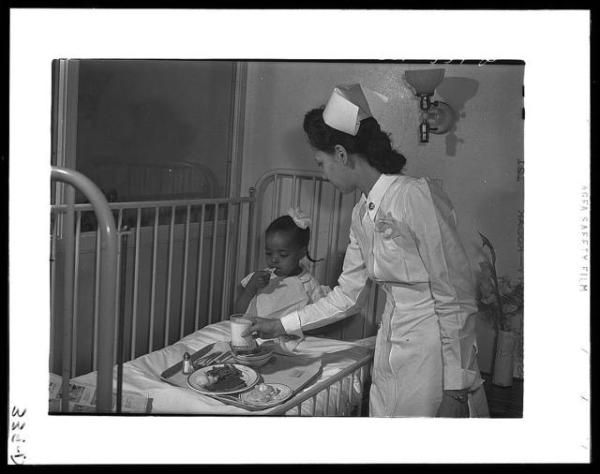What is the old saying about out of the mouth of babes? [1] It is the wisdom or at least honest opinions without the obfuscation that comes with socialization. A recent paper describes the development of a “tool” to get at what children want and need when hospitalized. We can leave the tool aside; the wisdom lies in what those children had to say.
The study participants were children of varying ages, from 5 to 15 but predominantly those in the 11 to 15 age group. They had been hospitalized, at least overnight, for an acute illness, these were not kids with a chronic disease requiring multiple hospitalizations. The tool went through a series of iterations, but five themes were identified that closely parallel the concern of the children’s parents.
Information
Children were curious, about the medicines they were receiving and about the various machines they interacted with during their stay, i.e., the intravenous pump or x-ray equipment. And they showed significant interest in how they were doing, more specifically the results of their laboratory tests, as well as when they could get back to school. They also wanted to understand how their illness was and could affect them.
Relationships
As with anyone hospitalized, there is a loss of control. The hospital routine takes precedence over many of our individual needs or desires. Children wanted some control over who and when they could have visitors (I do not know any hospital that restricts parental visitation). They wanted to be acknowledged, to be heard, to know that the staff was listening to them. In an inter-related way, they also wanted to have the same nurses and physicians caring for them; they perhaps wanted familiarity; we might call it continuity.
Caring
Children wanted to feel protected. First, to feel safe and to know that the hospital staff cared for them and their needs. They wanted their parents and family to be able to participate and help out in their care. And perhaps, because their imagination is a bit freer than those of adults, they didn’t want to see other children upset and sad.
Resources
Many of us, with a loved one, hospitalized and very ill, will stay at the bedside as much as possible. Those chairs in the room are not meant for sleeping, and despite my years as a resident, there is only so much hospital food you can endure. The children wanted their parents to have a place to rest, to shower, and to get a meal.
Activities
Now, most of these children were not critically ill. The critically ill, children or adults, lie in bed, most of their energy is going to staying alive and getting better. The participants wanted to get out and about, to have something to do! They wanted books to read, an opportunity to do some arts and crafts (think coloring) and to get into the playroom. And as you might expect, they wanted a reward, call it a treat, after undergoing tests.
There is an adult version of this investigative tool, the Hospital Consumer Assessment of Healthcare Providers and Systems, or HCAHPS sent to every hospitalized adult. It touches on some of the concerns the children identified, primarily the responsiveness and communication with the nurses and physicians. Asking whether the nurses or physicians treated you with courtesy and respect, that they listened carefully to you, and explained things in a way you could understand, these are adult ways of asking if you feel safe and cared after. But that adult survey never really gets to those other issues the children raise, providing support for their parents, adults might call them spouses and caregivers. Children want the familiarity of the same staff, a consistency that promotes continuity; no one asks the adults whether their care was fragmented.
Supporting the caregivers and continuity of care are two ways hospitals can improve the care they provide. It doesn’t require high tech; it requires high touch – hospital staff, nurses, physicians, therapists that have the time, training, and support to reach out and touch their patient’s hearts and minds, not just their bodies.
[1] For those interested, the original saying comes from both the Old and New Testament referring to their utterances as strength or praise. Some adult went on to change those words to wisdom
Source: Development and validation of the needs of children questionnaire: An instrument to measure children’s self‐reported needs in hospital. Journal of Advanced Nursing. DOI:10.1111/jan.14099




